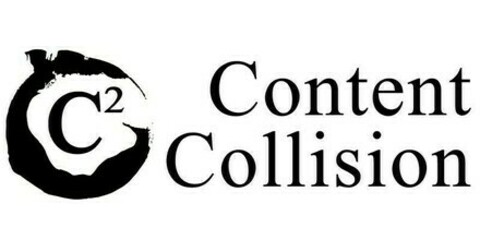The Sentosa lantern festival: a case study in crisis communication
Over 2000 attendees left frustrated at Sentosa's lantern event, highlighting the importance of crisis planning and clear, timely communication in preserving brand trust.

Sentosa recently experienced backlash from attendees of its Sky Lantern Festival at Palawan Green, primarily due to the inability to launch lanterns into the sky—a feature that was advertised but not delivered because the organizers, Asian Couture & Boutique, failed to secure necessary licenses. The festival was anticipated to allow participants to release candle-lit lanterns into the sky, but last-minute announcements prevented this, leaving the event to proceed with just music entertainment.
This incident sheds light on several missteps, particularly around communication and crisis management. The Sentosa Development Corporation (SDC) spokesperson revealed that the organizers did not obtain clearance from local authorities like the Singapore Civil Defence Force (SCDF), leading to an abrupt change in event proceedings. Despite efforts to inform guests through signboards and live updates, attendees voiced their frustrations on social media over poor information dissemination, long waits, and a confusing refund policy.

Critical takeaways from comms professionals
Key takeaways include the paramount importance of managing consumer expectations. Jose Raymond from SW Strategies emphasized the need for clear, upfront communication and the establishment of a crisis management plan, especially for events involving potential hazards like fire. He also highlighted the ethical imperative of marketing events truthfully and maintaining transparency with customers.
Manisha Seewal of Redhill Communications pointed out the missed opportunity for proactive communication when realizing the event wouldn't proceed as advertised. "The moment event organisers found out that they will not be allowed to use the fire lanterns (which is core to selling this experience), instead of ordering LED lights, the first course of action could have been owning up and communicating that the event is cancelled as they prioritise the safety of the attendees," she said.
Charu Srivastava from TriOn & Co. emphasized understanding customer feedback and taking actionable steps to address concerns, underscoring the necessity of a solid refund plan and flexibility in its execution to mitigate negative experiences and reputational damage.
The fallout from the event significantly impacted Sentosa's brand sentiment, demonstrating the lasting consequences of inadequate crisis management and communication on brand reputation.

Strategies in managing crisis
- Adopt comprehensive media monitoring: Utilize advanced tools to track media coverage and social media conversations in real-time. This enables organizations to gauge public sentiment and tailor their communication strategies accordingly.
- Prioritize transparent communication: Develop a crisis communication plan that emphasizes honesty and transparency. Use media relations tools to distribute updates and clarifications broadly and efficiently, ensuring that all stakeholders are informed and engaged.
- Engage in active reputation management: Implement strategies for proactive and reactive reputation management. Leverage media relations platforms to highlight positive initiatives and address negative coverage constructively, aiming to rebuild trust and positive sentiment post-crisis.
ContentGrow is a managed talent network for brands and publishers to work with high-quality freelance writers and journalists worldwide. Sign up to get started or book a discovery call to learn more.





